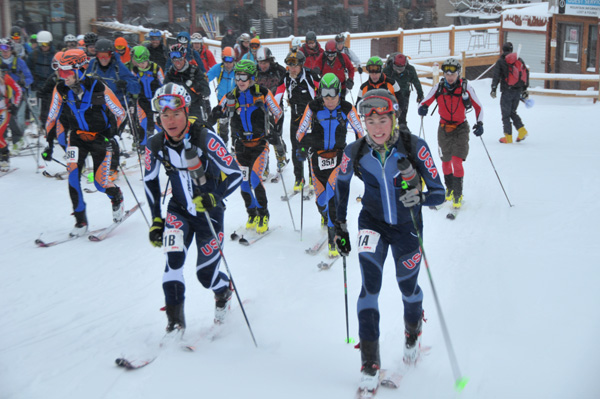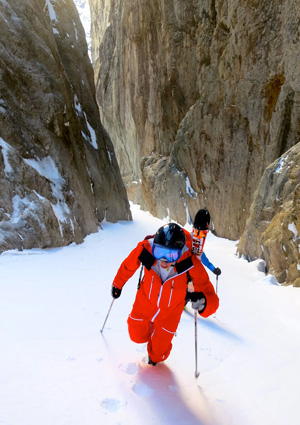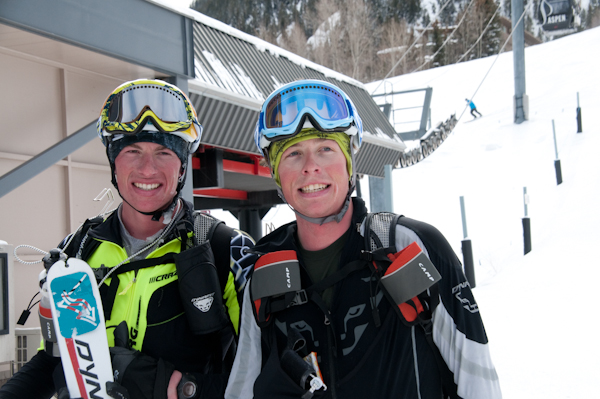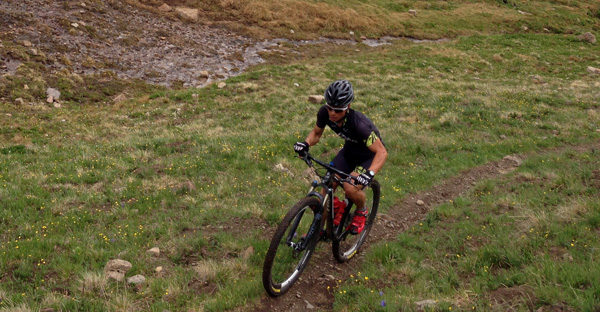Here are a couple of close-up photos of the newly redesigned Scarpa Alien 1.0, now using a carbon infused Grilamid shell just like the Alien RS.
The new 1.0 really seems to be a blend of features of the old 1.0, the new RS, and the racing specialist boot 3.0.
We will add more details soon so check back to this page.
>> Visit our ski boots comparison page for more details on these boots.



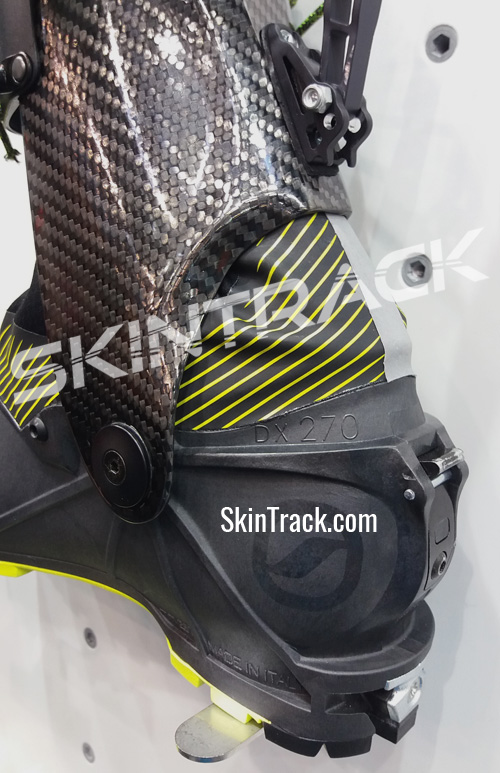

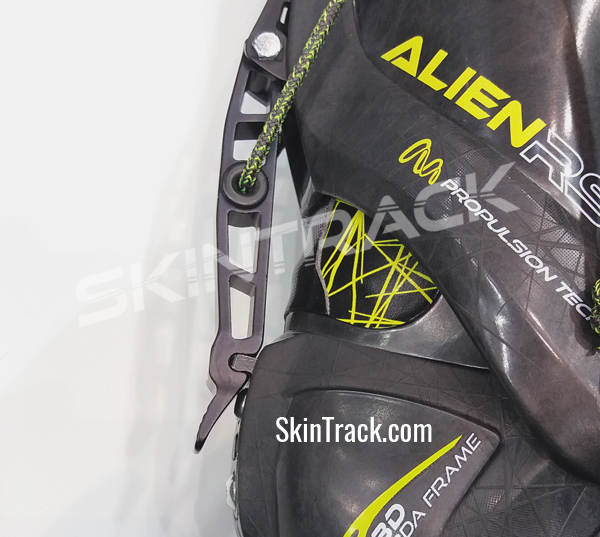





 It’s only about five years since there was only one ski mountaineering boot on the market weighing under 900 grams. Pierre Gignoux’s XP500 was about 600g with a liner and almost a pound lighter than its nearest competitor.
It’s only about five years since there was only one ski mountaineering boot on the market weighing under 900 grams. Pierre Gignoux’s XP500 was about 600g with a liner and almost a pound lighter than its nearest competitor.
 Another benefit brought to the skimo community as a side effect of more innovation and competition are cheaper models from Dynafit and Scarpa.
Another benefit brought to the skimo community as a side effect of more innovation and competition are cheaper models from Dynafit and Scarpa.
